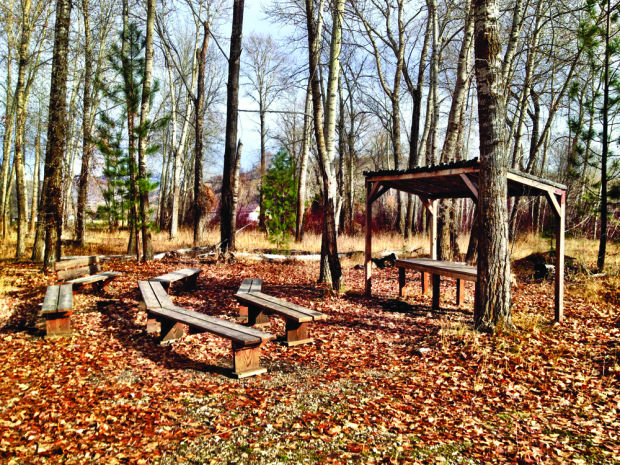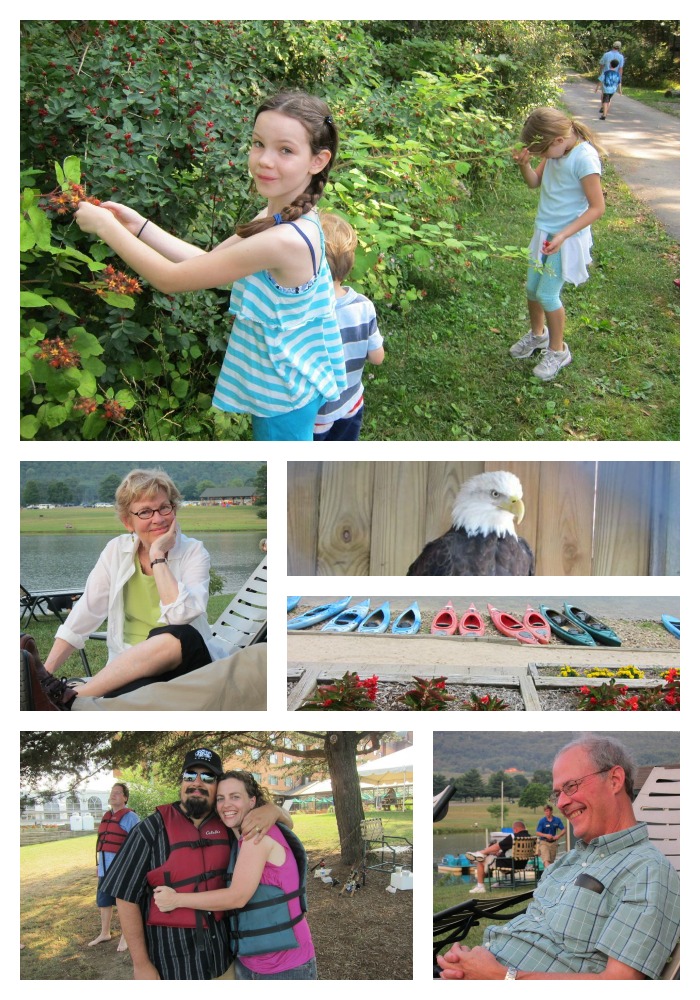

Source: Travelers' Rest State Park, Lolo, MT Creator: Dale Dufor, photographer. Date: May 2019 Travelers' Rest, Lolo, MT View of foot bridge over Lolo Creek within Travelers' Rest State Park. Source: Travelers' Rest State Park Creator: Dale Dufor, photographer. The area is now part of Travelers' Rest State Park. Date: July 1958 Travelers' Rest, Lolo, MT View of tents and wooded area near the banks of Lolo Creek near the site where the Corps of Discovery camped. Source: National Historic Landmark nomination form for Travelers' Rest, Lolo, MT. View matches Gustavus Sohon's 1854 drawing along Lolo Creek.

Paxson Date: 1914 Travelers' Rest, Lolo, MT View looking Northwest from Travelers' Rest site with Bitterroot Mountains. Source: Courtesy of Missoula Art Museum Creator: E. Images Lewis and Clark at Traveler's Rest, Montana Painting depicting the Corps of Discovery meeting with Salish Indians along the banks of Lolo Creek near present-day Lolo. As noted in a 2006 National Register of Historic Places amendment, “There are few places along the entire trail from Saint Louis to the Pacific Ocean that envelope such a diverse convergence of momentous historical events, peoples, and ideas.” In 2002 archaeologists unearthed evidence of the corps’ presence including a mercury-tainted trench latrine, fire hearths, and lead used in the repair and manufacture of firearms. The site was declared a National Historic Landmark in 1960 and became a State Park in 2001. Upon leaving, Clark and his men followed a more southerly route along the Yellowstone River while Lewis’ contingent headed north through Blackfeet country to the Marias and Missouri Rivers. They returned the following summer, homeward bound, camping here from June 30–July 3, 1806, before splitting their party into two groups. The explorers first camped here September 9–11, 1805, pausing briefly in their westward journey to the Pacific before they began their arduous trek over the Bitterroot Mountains. Likewise, the dominant features of the landscape to the south and west-Lolo Peak and the entrance to the Lolo Creek Canyon-still offer the same view.

Situated on the banks of Lolo Creek in a spot too wet for agricultural activity, the immediate vicinity of the former campsite has changed little since members of the corps slept here. Situated at the eastern end of the Lolo Trail, Travelers’ Rest was used by Native peoples, most notably the Salish, Pend d ‘Oreille, and Nez Perce, centuries before Captain Meriwether Lewis, William Clark, and their Corps of Discovery ever ventured west. Travelers’ Rest is the only site where physical evidence documents the exact location of a campsite associated with the 1804-1806 Lewis and Clark Expedition.


 0 kommentar(er)
0 kommentar(er)
